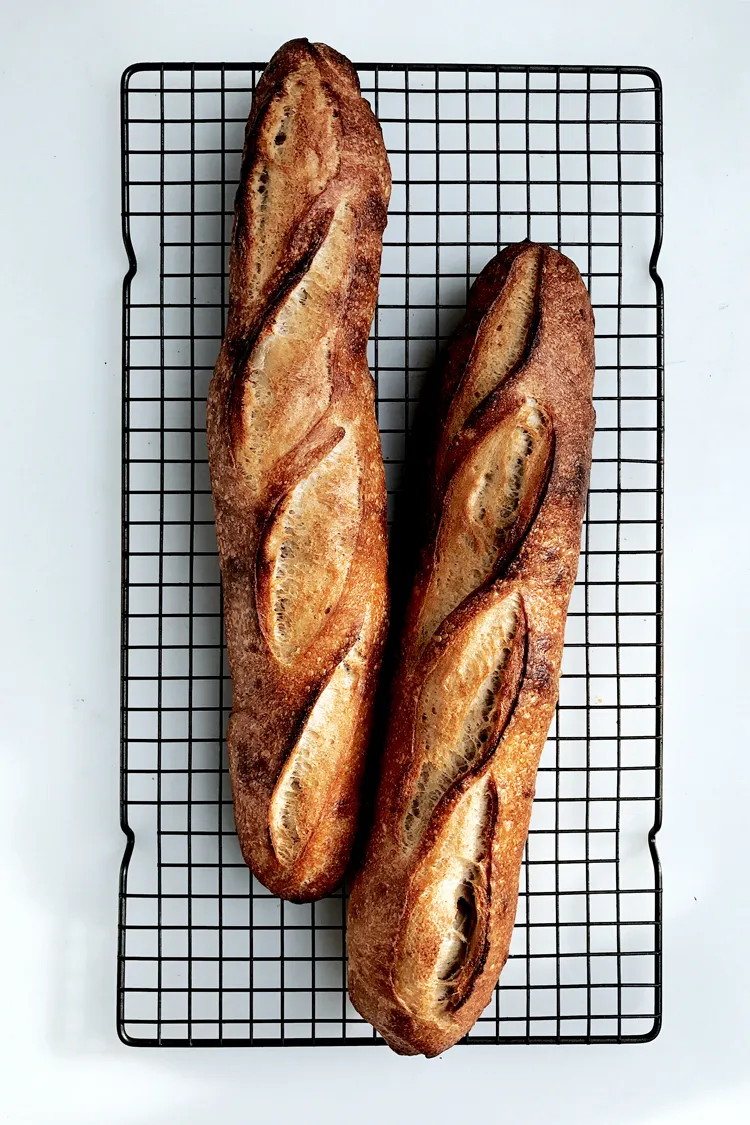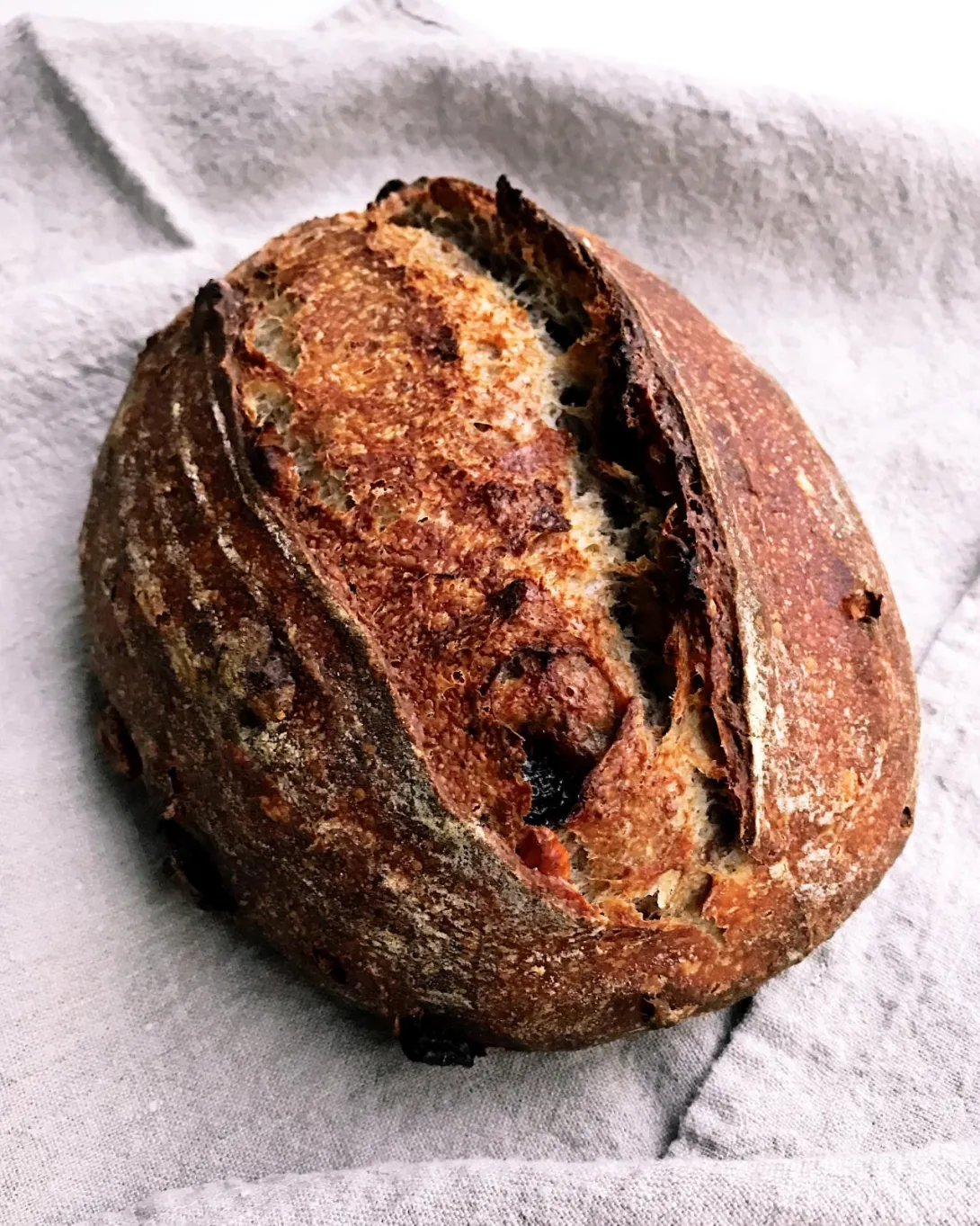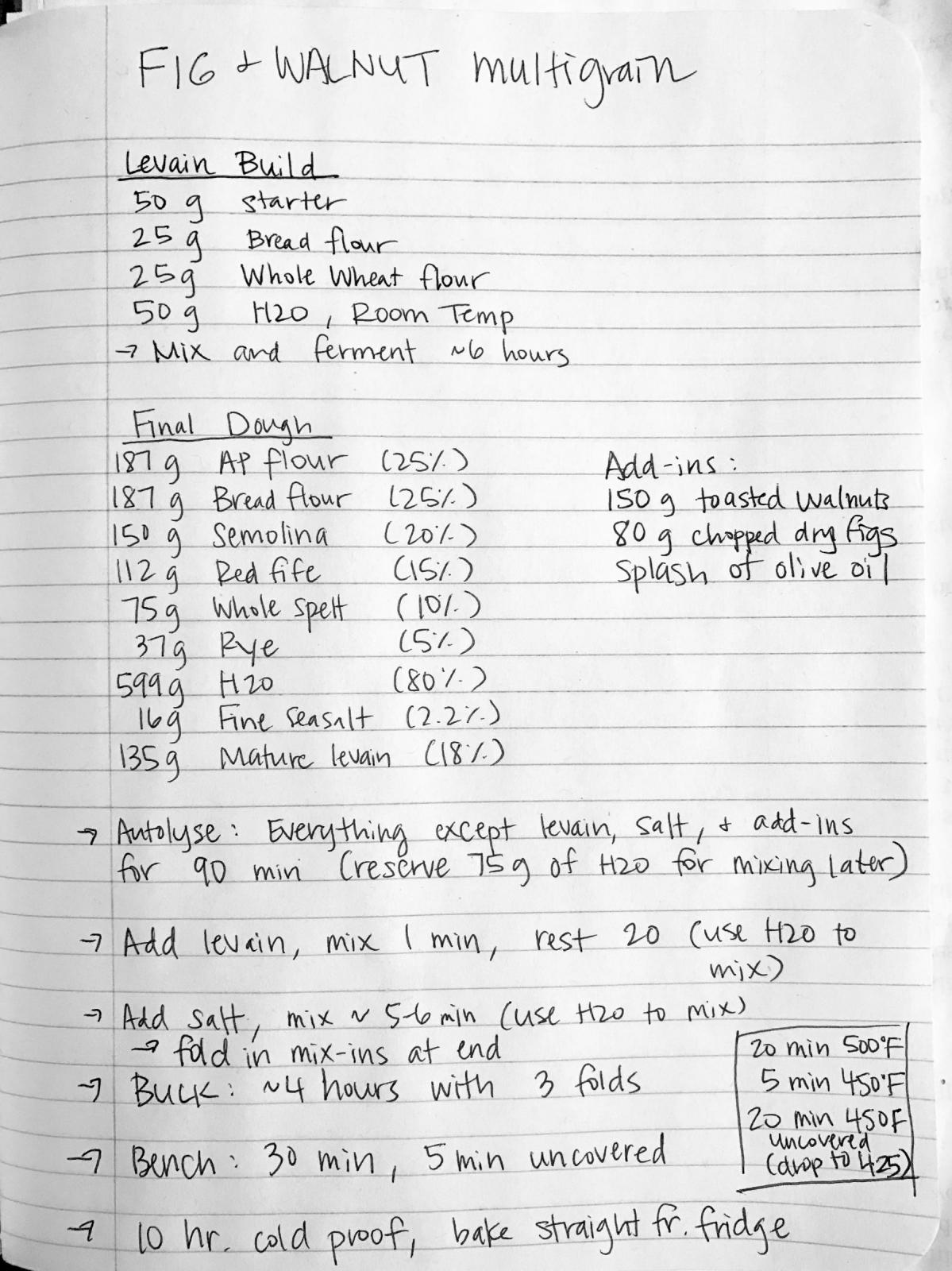rushyama's blog
Vacation baking
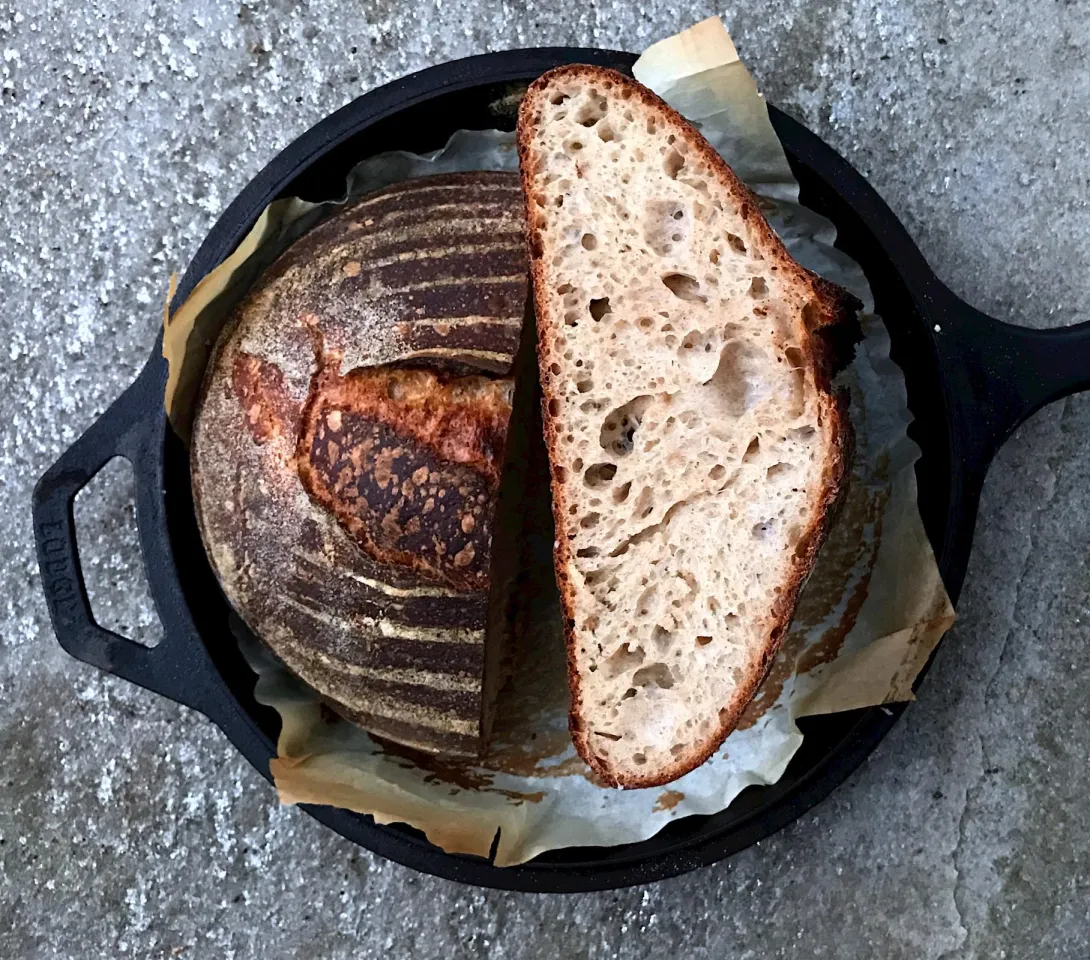
We've been visiting my parents in the Pacific Northwest over the holidays, and naturally I wanted to bake bread. A friend of mine gave me some of her starter so I've been having some fun experimenting in a different environment using the tools available.
A few enriched sourdough bakes
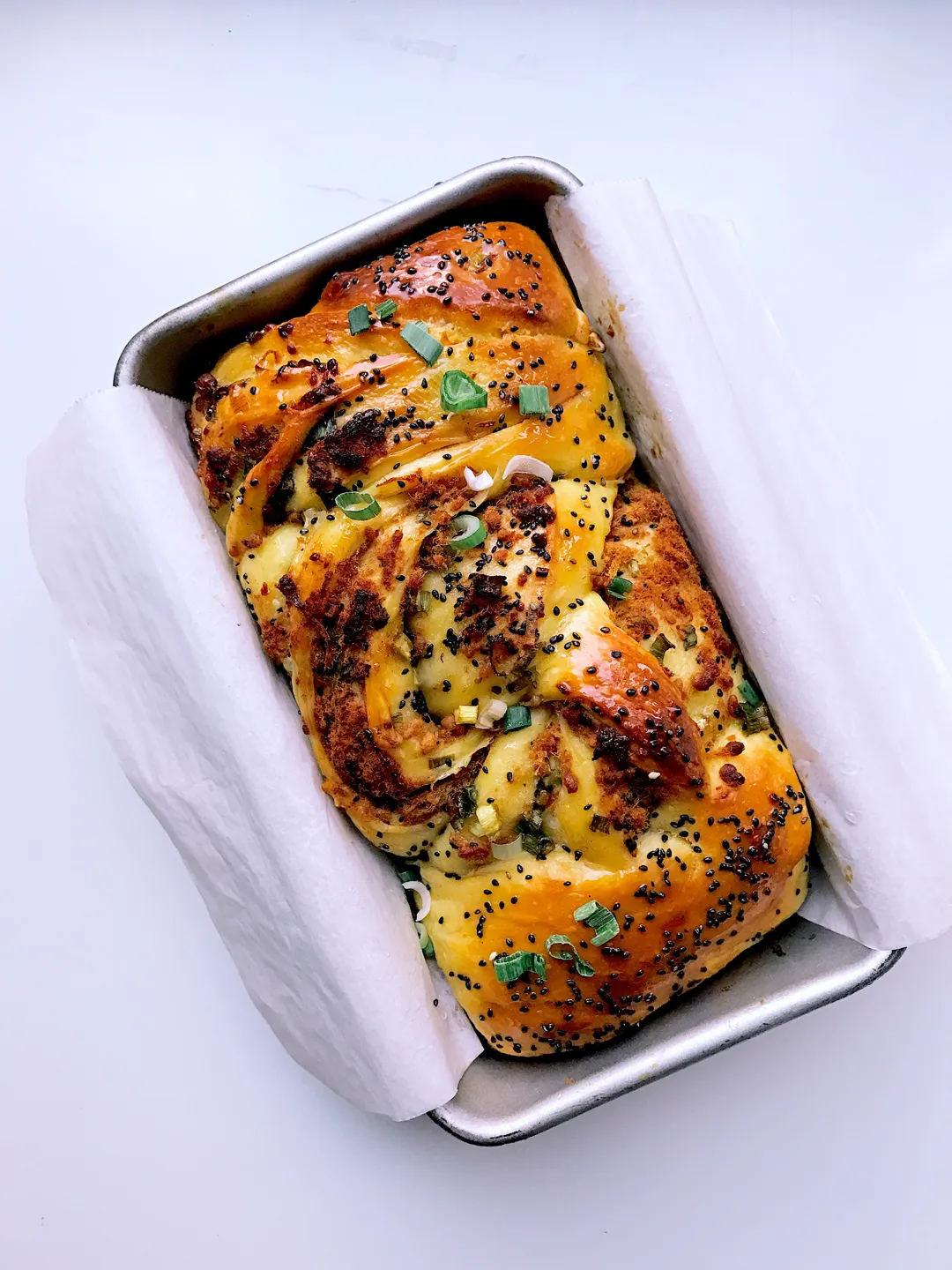
In the spirit of the holidays I've been experimenting a little with enriched sourdough breads. A couple months ago I adapted a TFL formula from txfarmer for sourdough pumpkin hokkaido milk bread. I really love the texture of this style of bread, and have found that if I use the stiff levain quite young (6-8 hours), the resulting tang is barely distinguishable. (If I want more of a tang I'll use the levain when it's around 10-12 hours old.)
A couple of squash breads
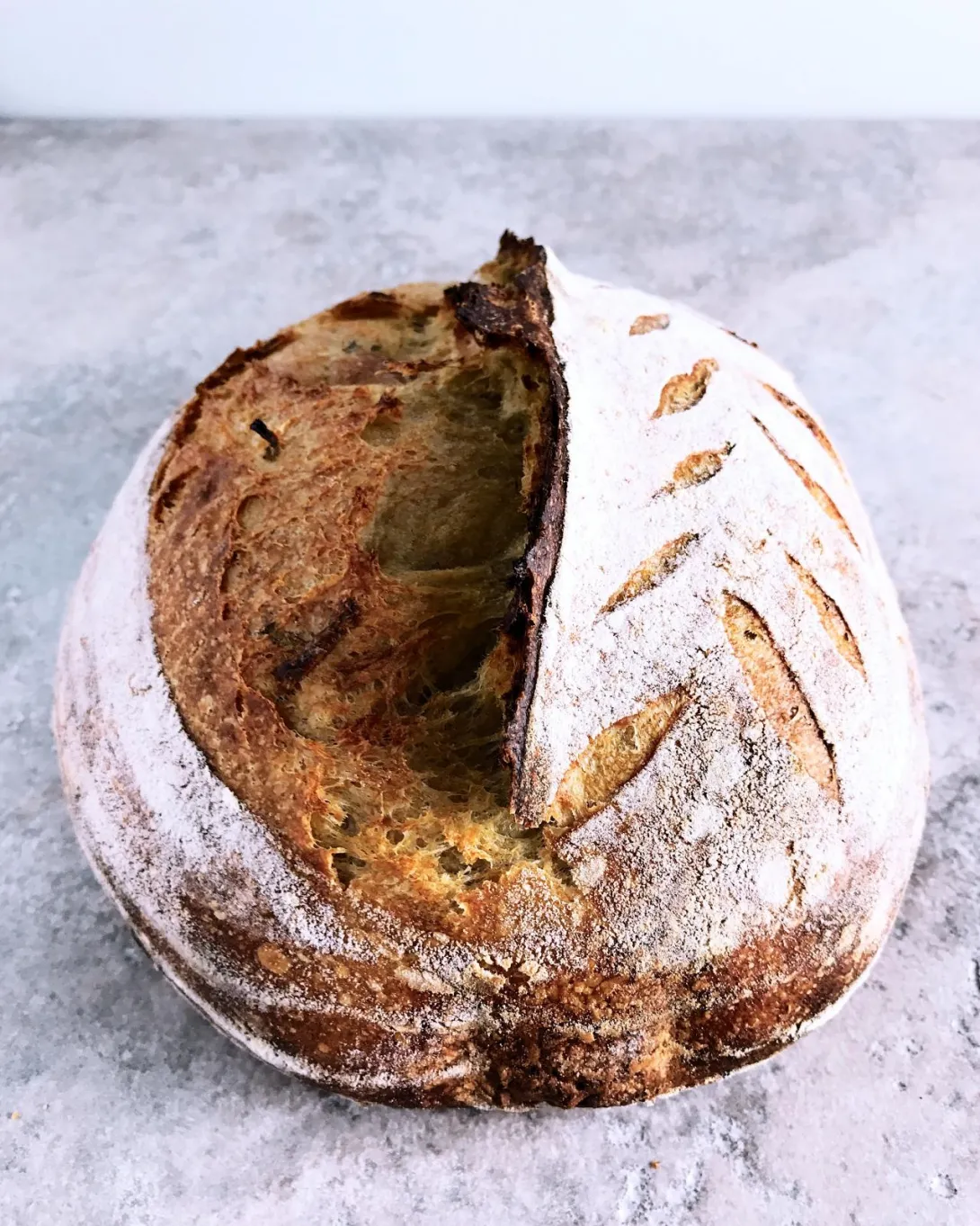
It's that time of year when I get a little too squash happy and buy more than I should, so naturally some of it had to be baked into bread. I used Sarah Owens' butternut squash and cherry recipe as a general formula to make one sweet and one savory loaf.
The sweet loaf used roasted butternut squash puree and dried cranberries (I would like to try it with the cherries; I just didn't have any on hand). I just love the color:
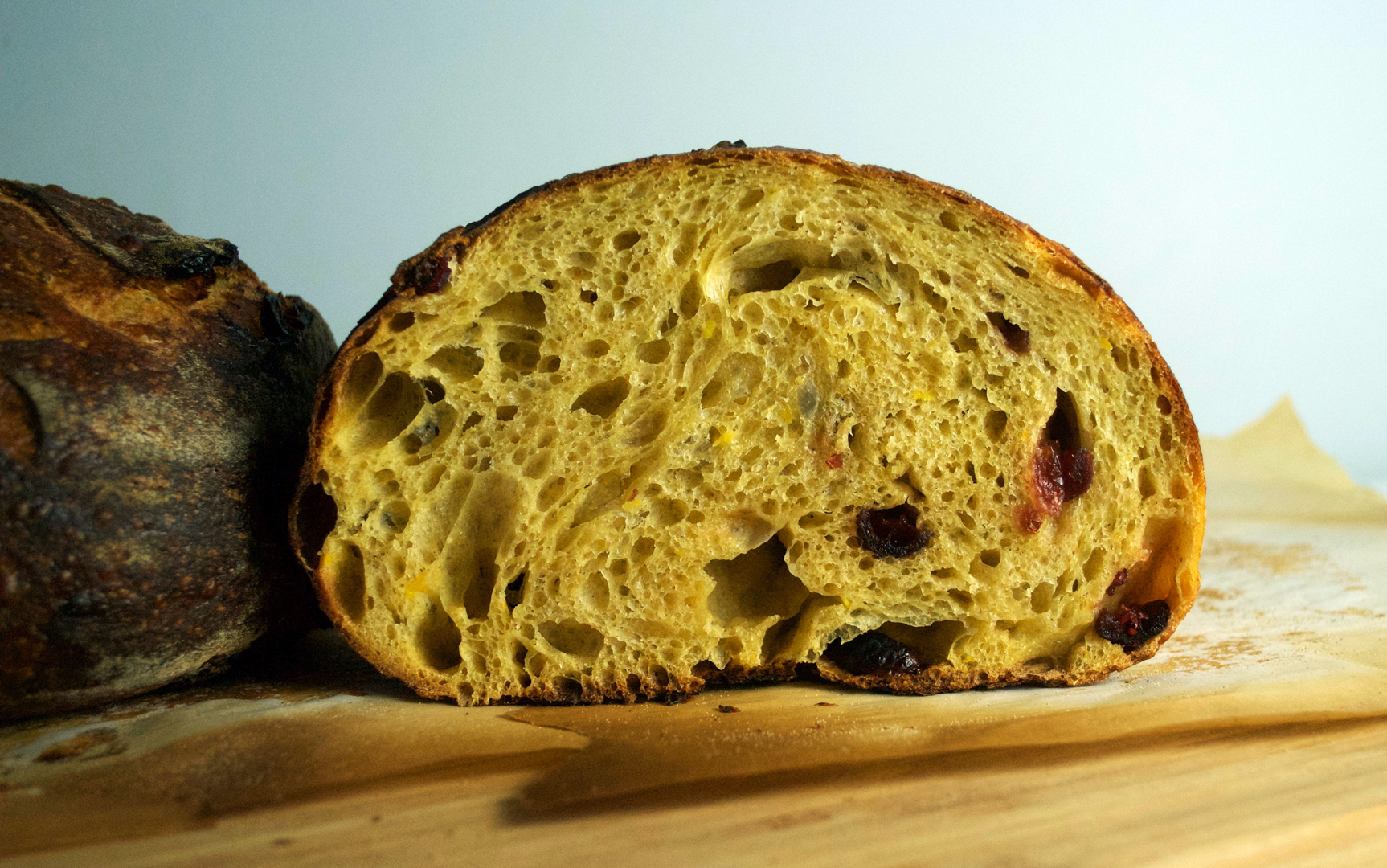
Semolina Sesame Sourdough
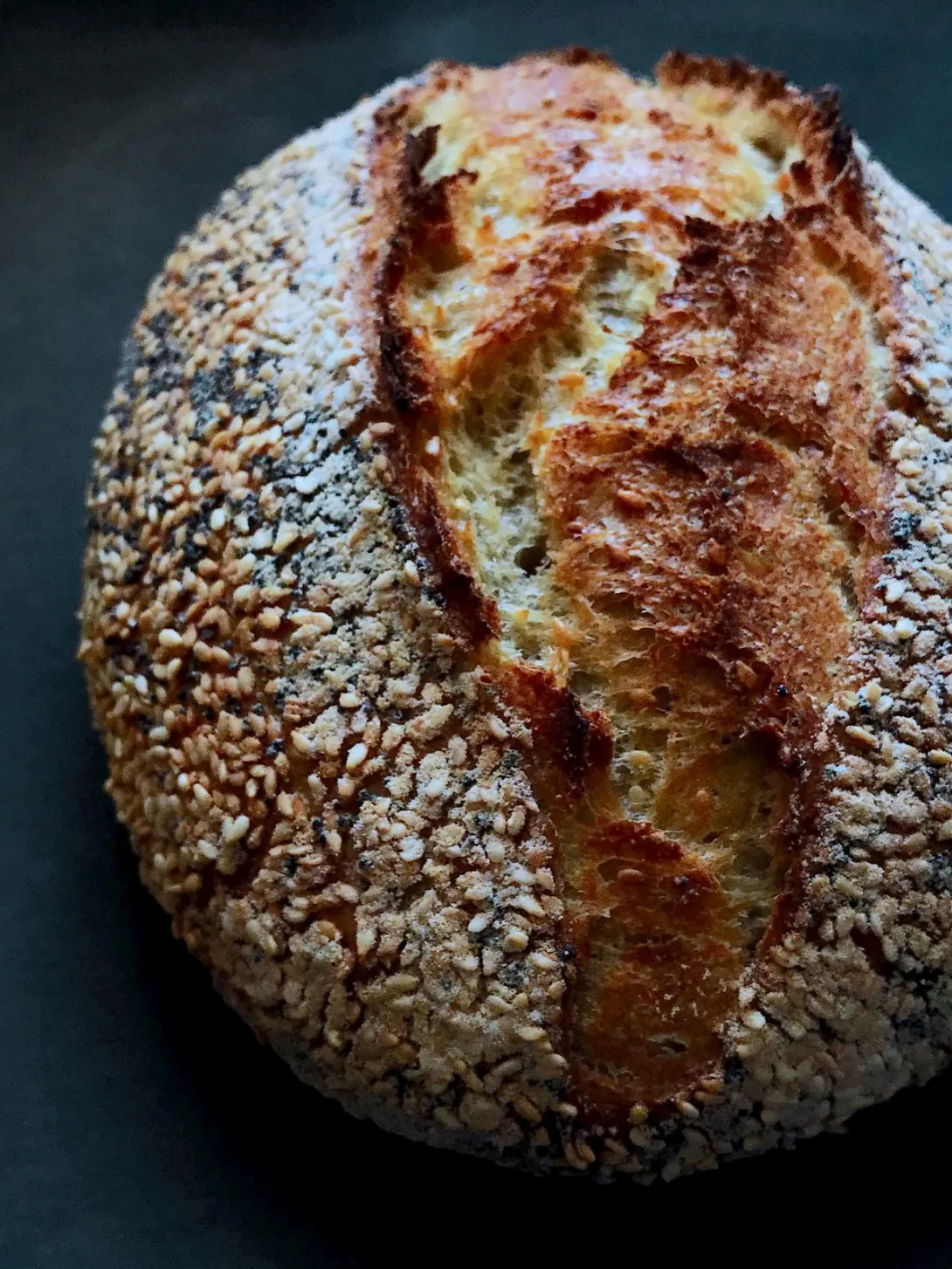
I recently found some fresh semolina flour at a local market so I decided to try out the semolina formula in Tartine Bread. This was my first time baking with semolina and I found it to be very pleasant -- the dough smelled almost buttery and was very easy to handle despite the relatively high hydration (~80%).
I stayed fairly true to the recipe, with the following changes:
